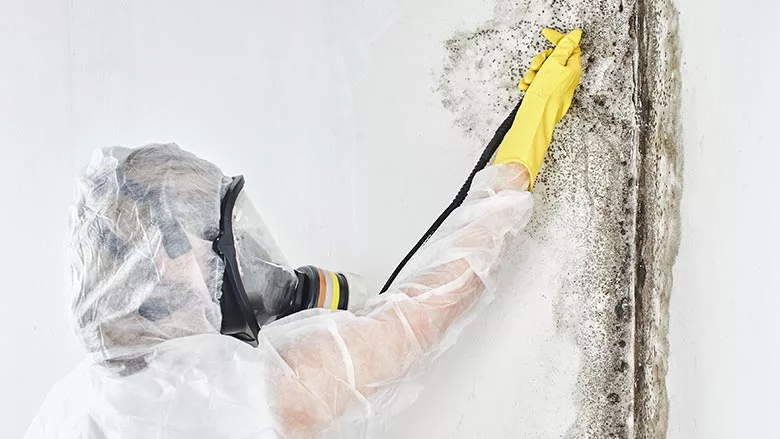NIR Sets Leadership Conference, Tracks Industry Issues

With members in 28 states, the National Institute of Restoration (NIR) devotes its attention to education, training and helping members market their services. The annual Executive Leadership Conference is the cornerstone of NIR’s efforts.
The 19th Annual Conference is set for May 14-16, 2008 in Phoenix. The first day features a project management workshop focusing on the factors that can drain profits out of a job: budgets, crew management, schedules, estimating, purchasing and giving away work.
The leadership conference includes keynotes on both big-picture and day-to-day issues. Speakers will discuss topics ranging from the future of the industry and taking back your business to analyzing overhead in Xactimate.
With NIR’s emphasis on networking, participants always point to the roundtable discussions as the highlight of the conference. The guided discussions give participants a chance to share ideas and experiences on a wide range of topics. This year’s roundtables will feature discussions on managing your business’s growth; dealing with large commercial losses; controlling costs; diversification and strategic marketing.
For complete information on the conference, go to www.nir-inc.com.
The Growth of Third-party Providers
If restoration contractors are beginning to identify with physicians, the feeling is more than a coincidence. Just as HMOs have altered the physician-patient relationship, third-party providers are edging into the contractor-adjuster/agent relationship. And the result is not always positive for either party.
“Insurance companies are using third party providers as a way to cut costs,” said Steve King, a member of the NIR board and owner of Missouri Contracting and Cleaning in Independence.
King believes the use of third-party providers is growing. “These providers sell insurance companies on the idea that they can manage claims more efficiently and then ask participating contractors to follow a set of rules in order to get the business. In some cases they charge the contractor and in other cases they require us to discount our prices.”
Third-party providers could eliminate the need for adjusters. Under their system, the contractor photographs the site and lays out the scope of the restoration job for the third-party provider to approve.
The arrangement also puts a squeeze on restoration contractor’s already-slim profit margins. By changing the way workflows, the arrangement could undermine years of efforts contractors have invested in building relationships directly with insurance agents and adjusters.
King believes time will tell whether the system will become a business model for the insurance industry. If the system has a negative impact on the service homeowners receive, he believes insurers may decide the old system was better and put their adjusters back in the field.
California Wildfires Highlight Need for Code of Ethics
When California Governor Arnold Schwarzenegger announced that he would go to any lengths to protect homeowners from unscrupulous contractors after the recent wildfires in California, he expressed a concern critical to NIR members.
“Major catastrophes draw contractors,” said Walter Lumpp, NIR’s executive director. “Most of them are legitimate businesses that want to help people in trouble while also developing new business. Unfortunately, the unscrupulous people who take advantage of vulnerable homeowners are a blight on the entire insurance restoration industry.”
Lumpp said it is hard for homeowners who have lost everything to evaluate a contractor. “All they want to do is to get started on the restoration,” he said. “It’s too bad that professional and ethical behavior is not universal in our industry.”
NIR, a member-driven association, follows a code of ethics that gives others the assurance that NIR members do quality workmanship in keeping with the highest professional and ethical standards. Adoption of a code of ethics was one of the first actions the NIR board of directors took when the association was founded 19 years ago.
Looking for a reprint of this article?
From high-res PDFs to custom plaques, order your copy today!



